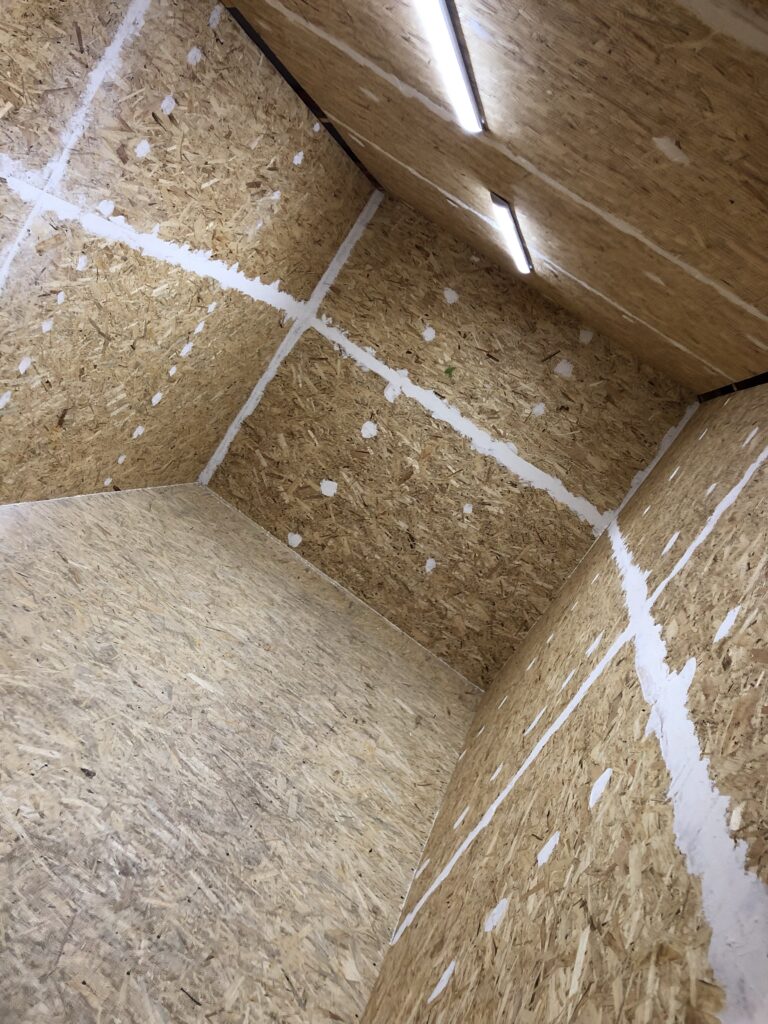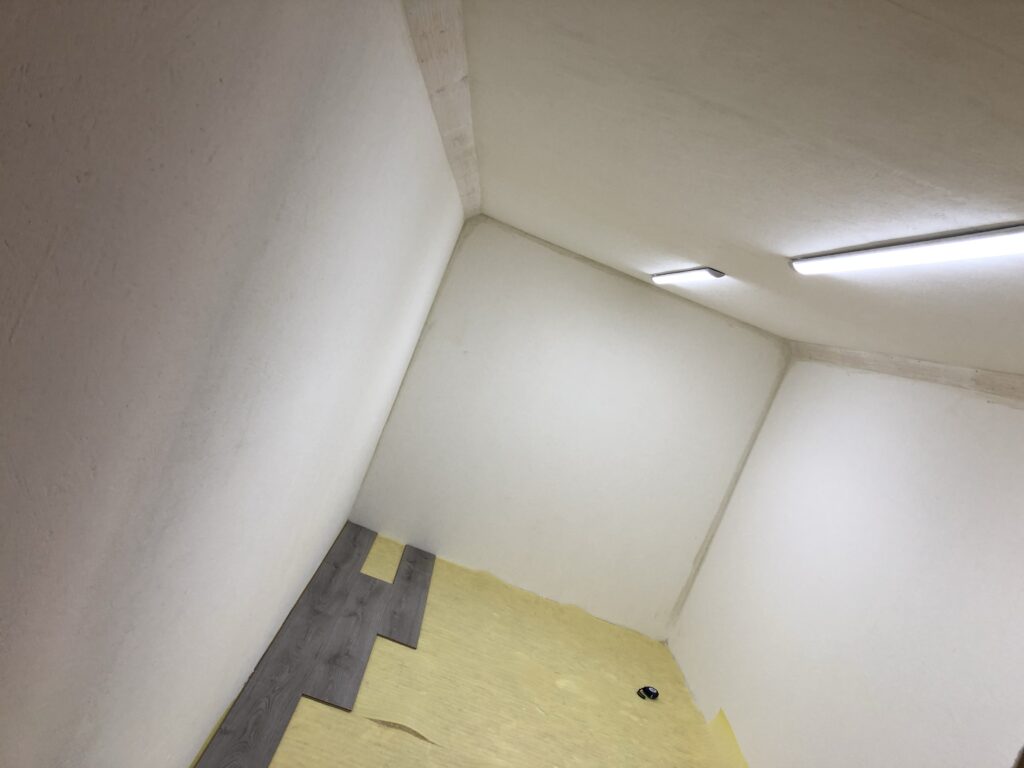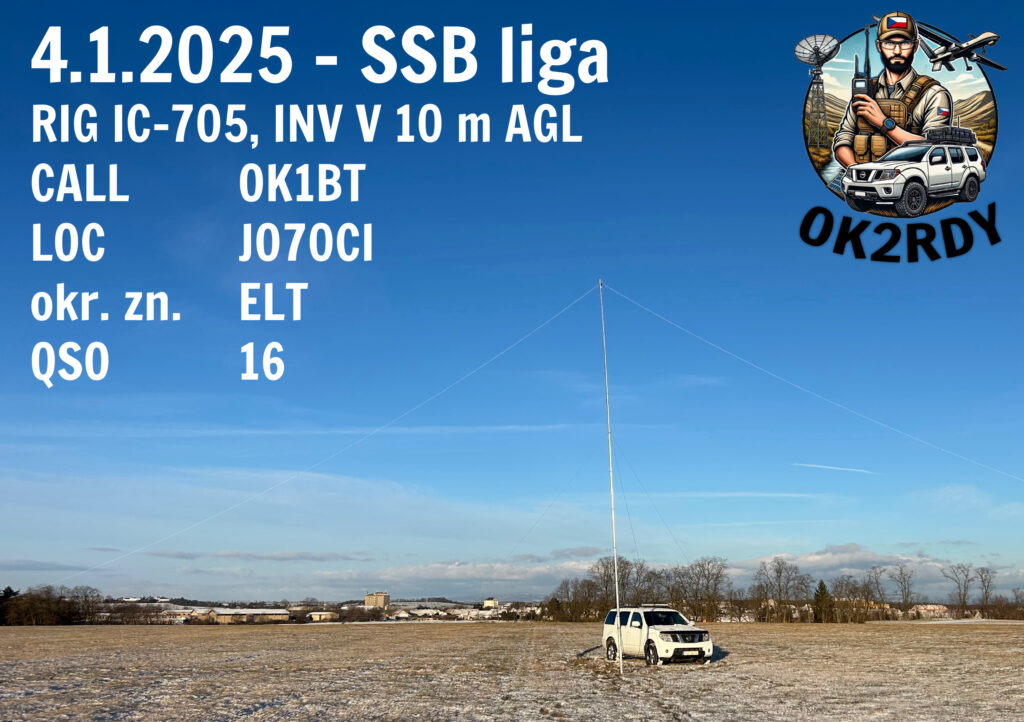

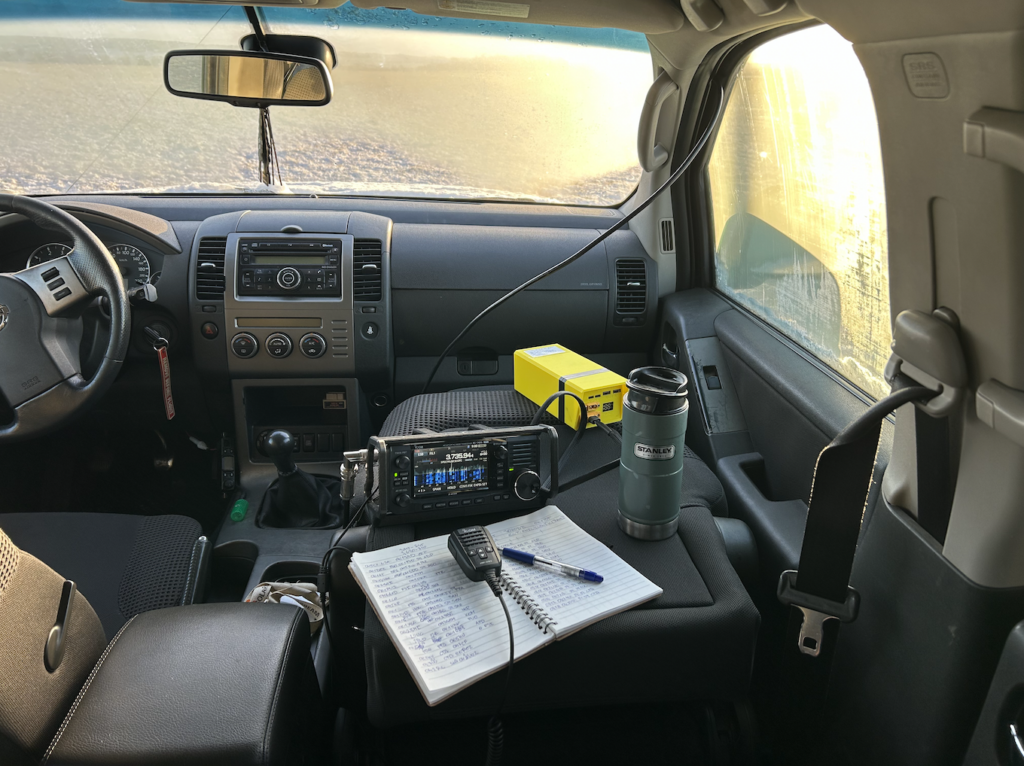
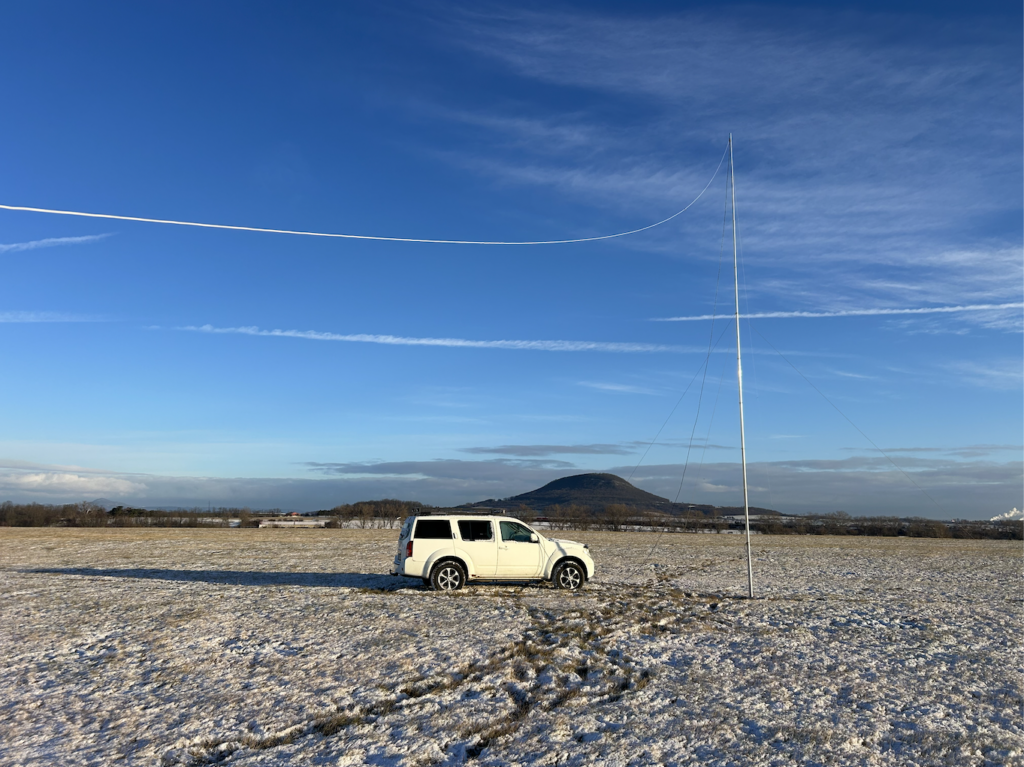
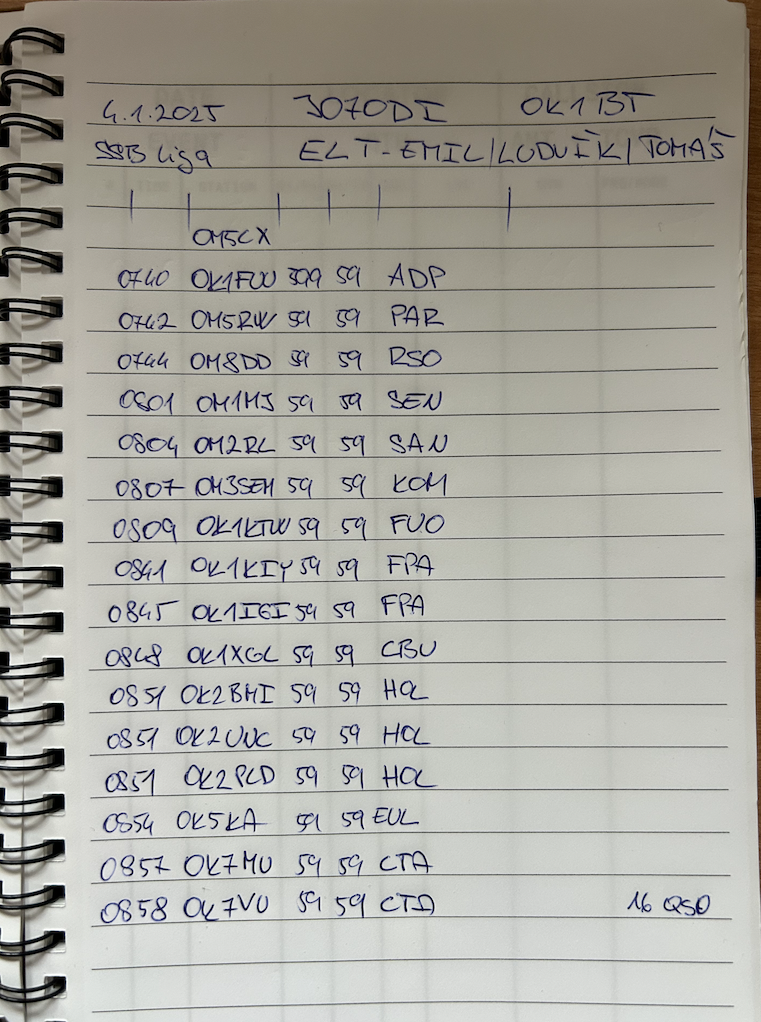






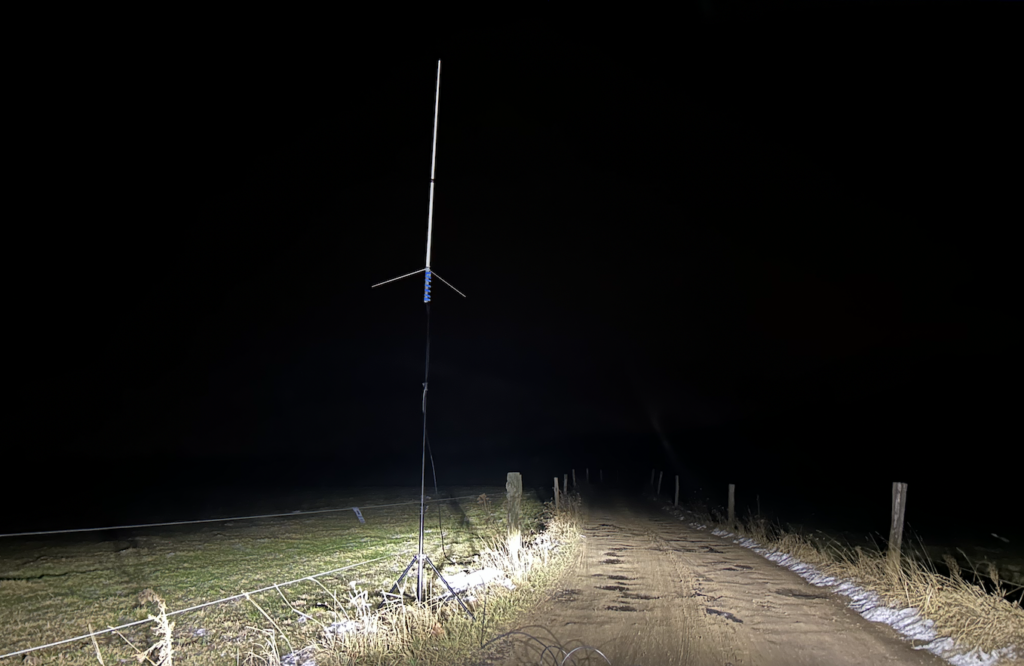


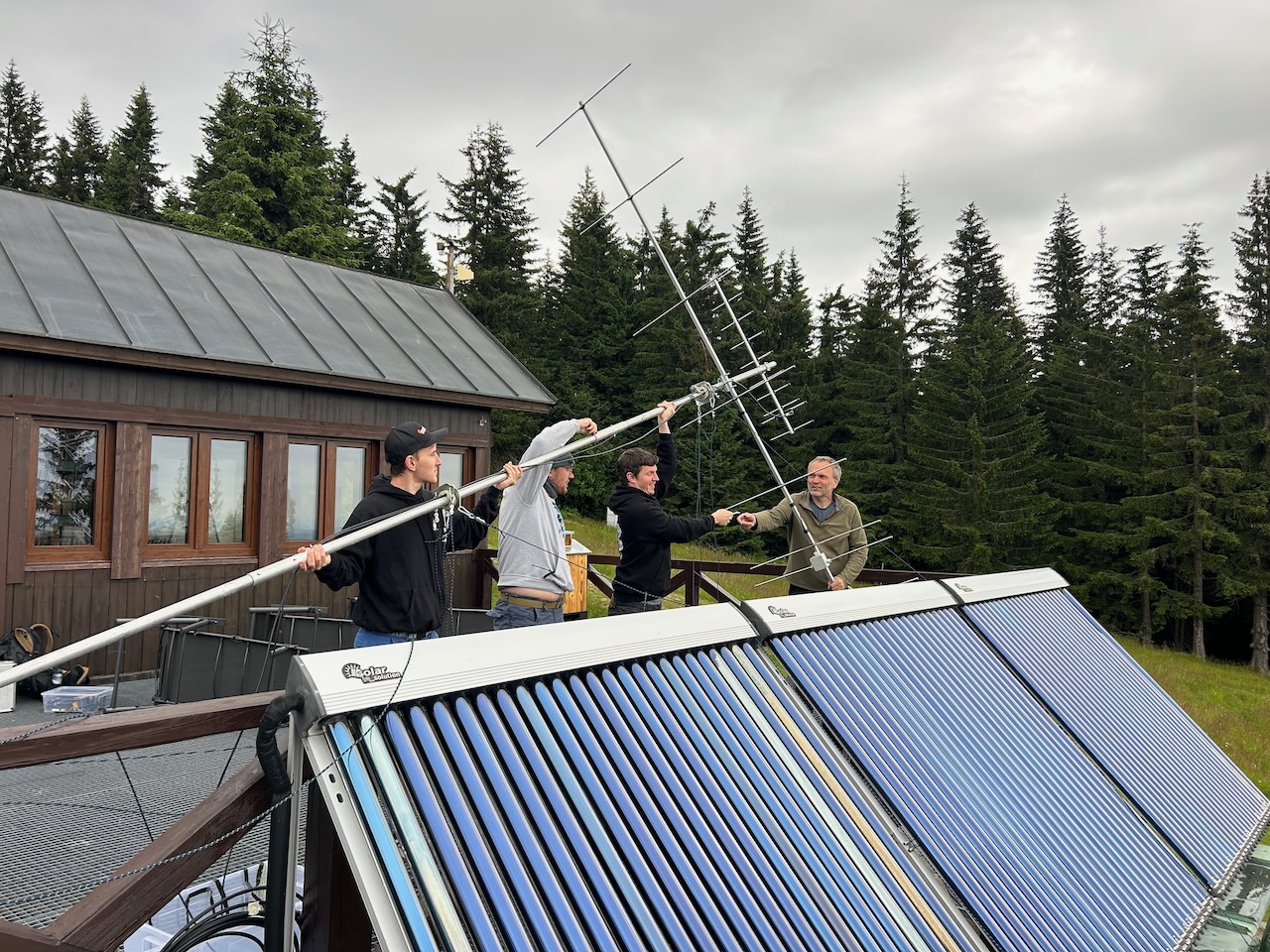
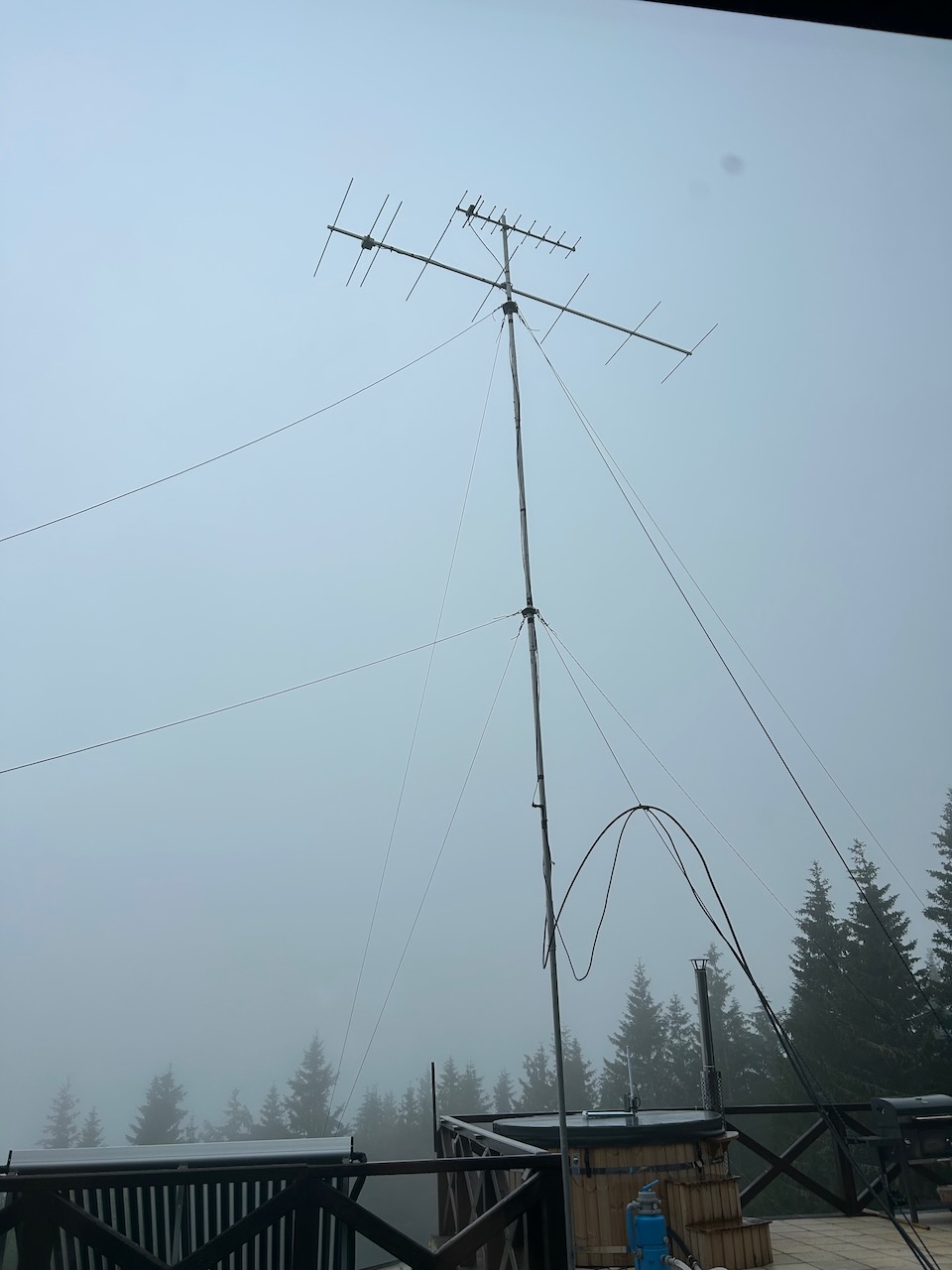
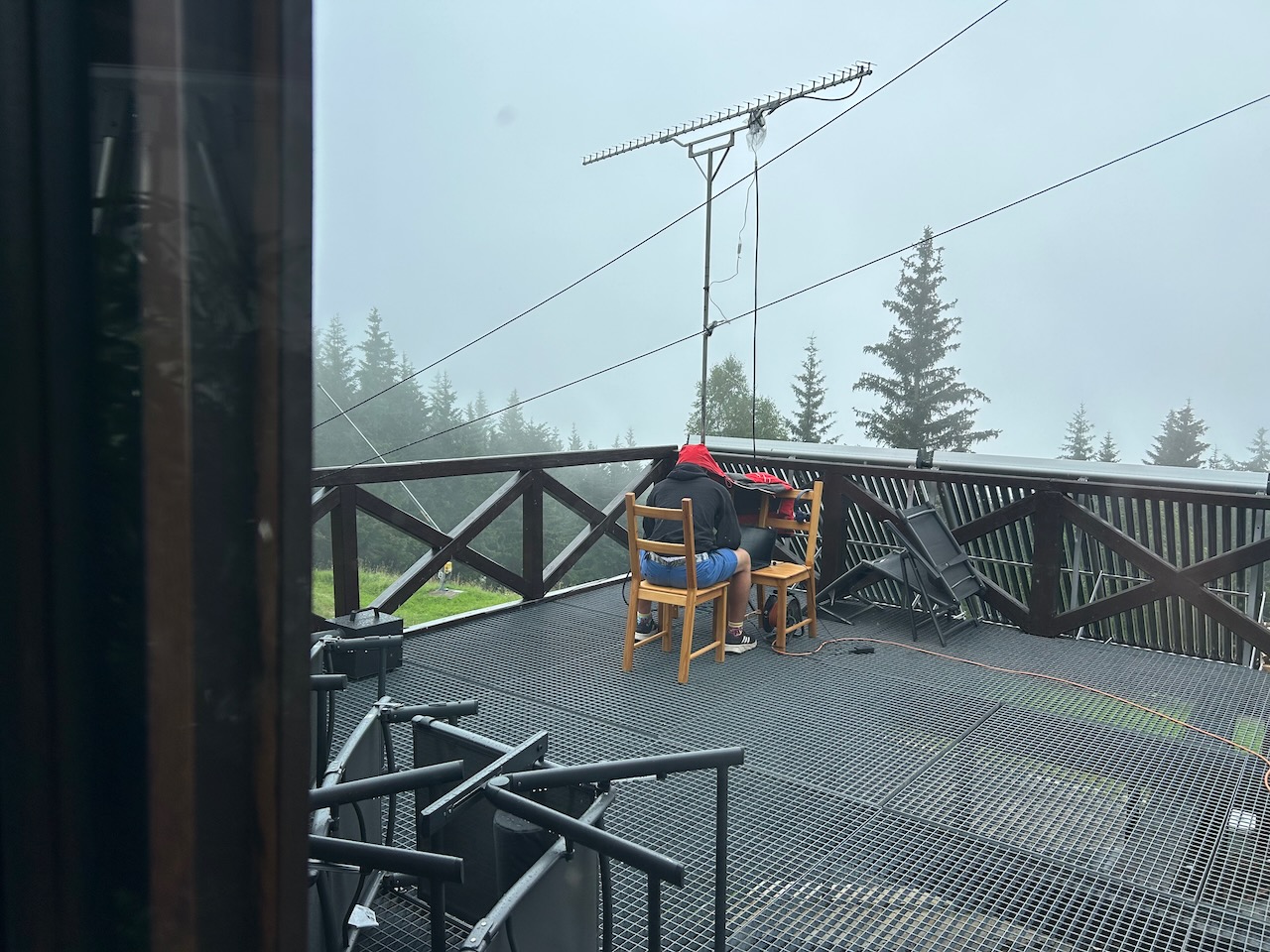
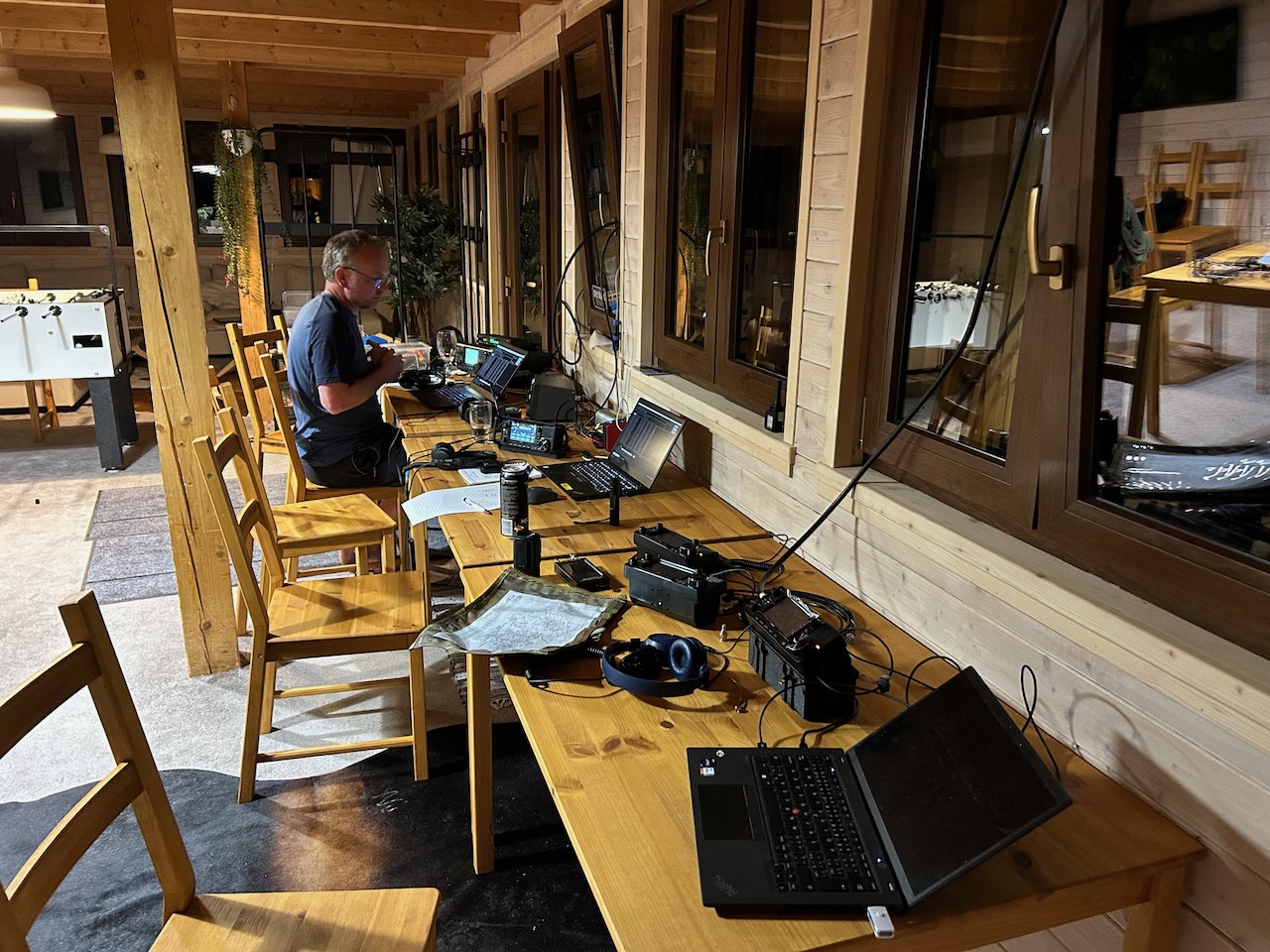
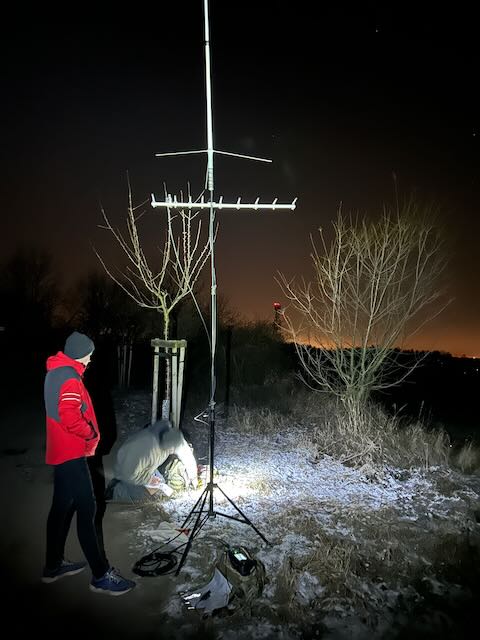

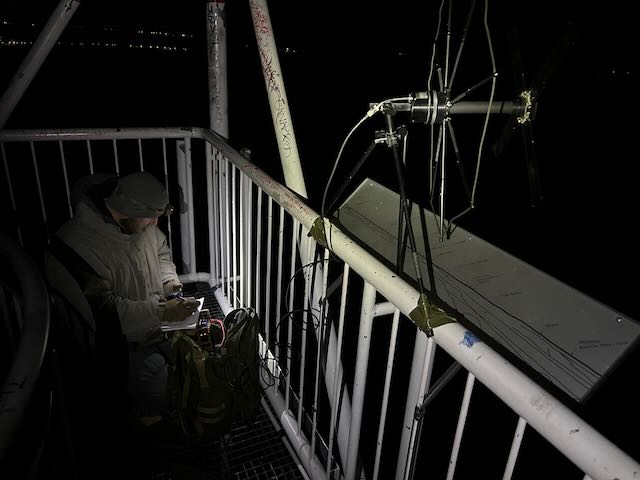
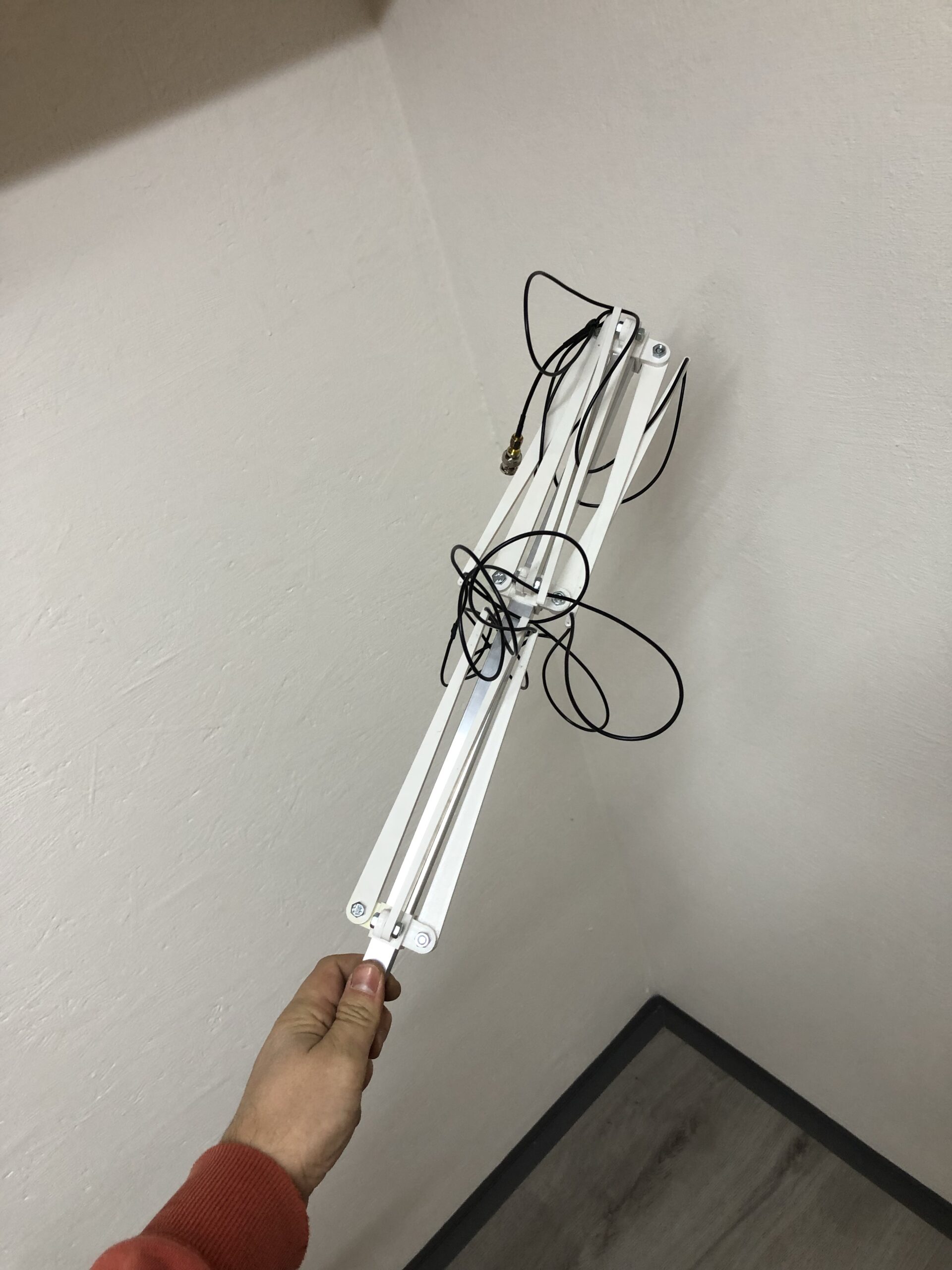
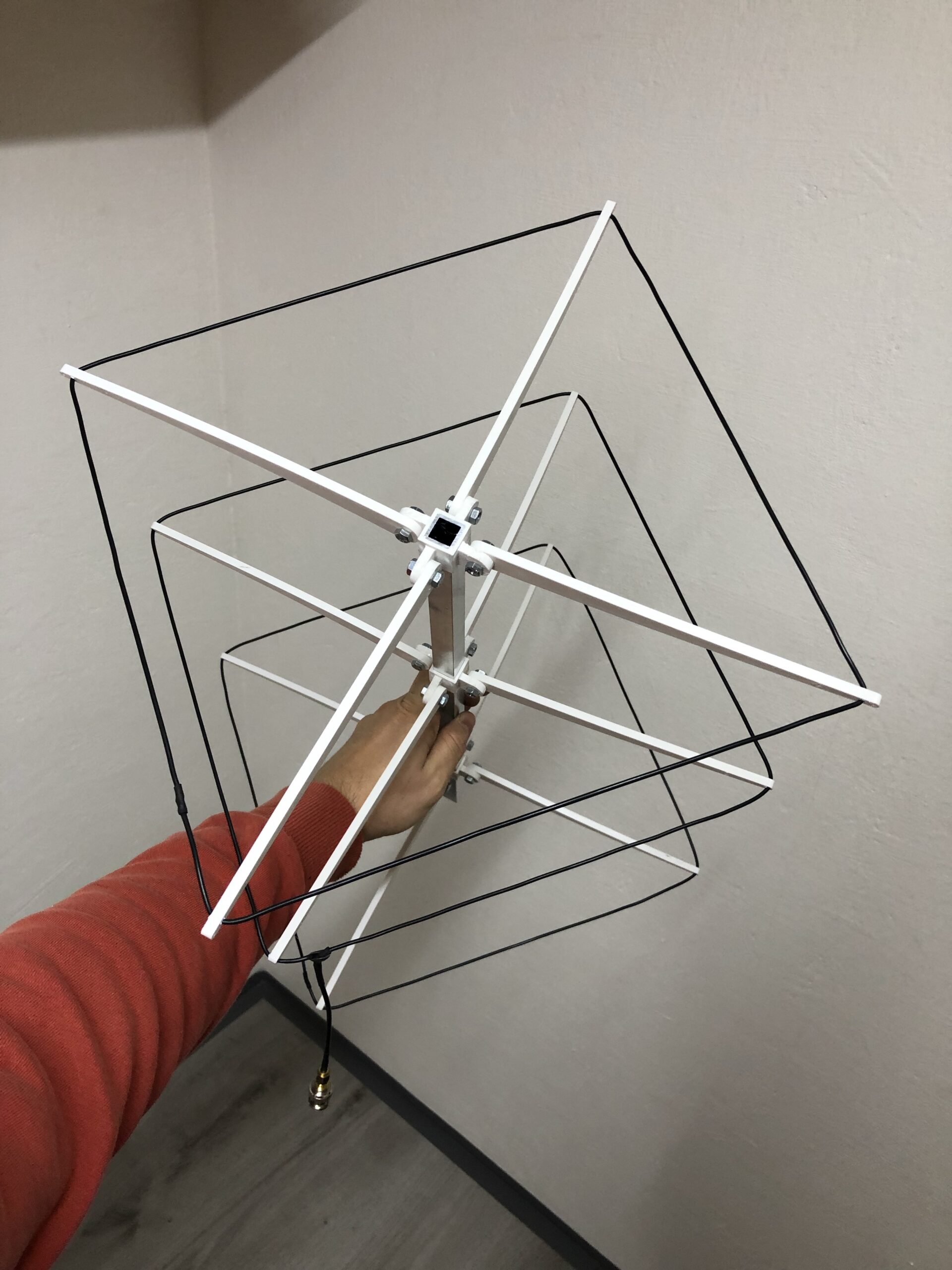
You were not clickbaited it is official name on Aliexpress 🙂
If you wondered how this antenna performs how is its SWR or what is hidden inside fiber-glass tube check the pictures below. Teardown of antenna is irreversible process beacuse everyting is glued together.
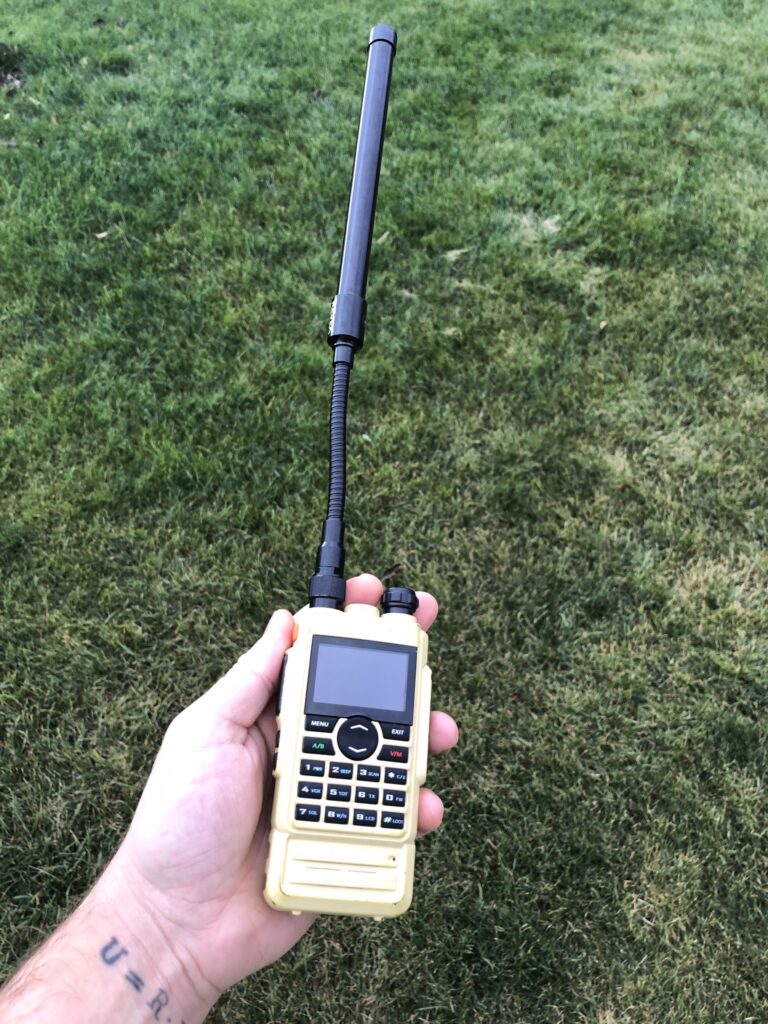
I dont know how manufacturer measures the antenna or if this design is one of that “dualband” because the resonance frequency is somewhere between VHF and UHF band but it looks like 300 MHz is a sweetpot.
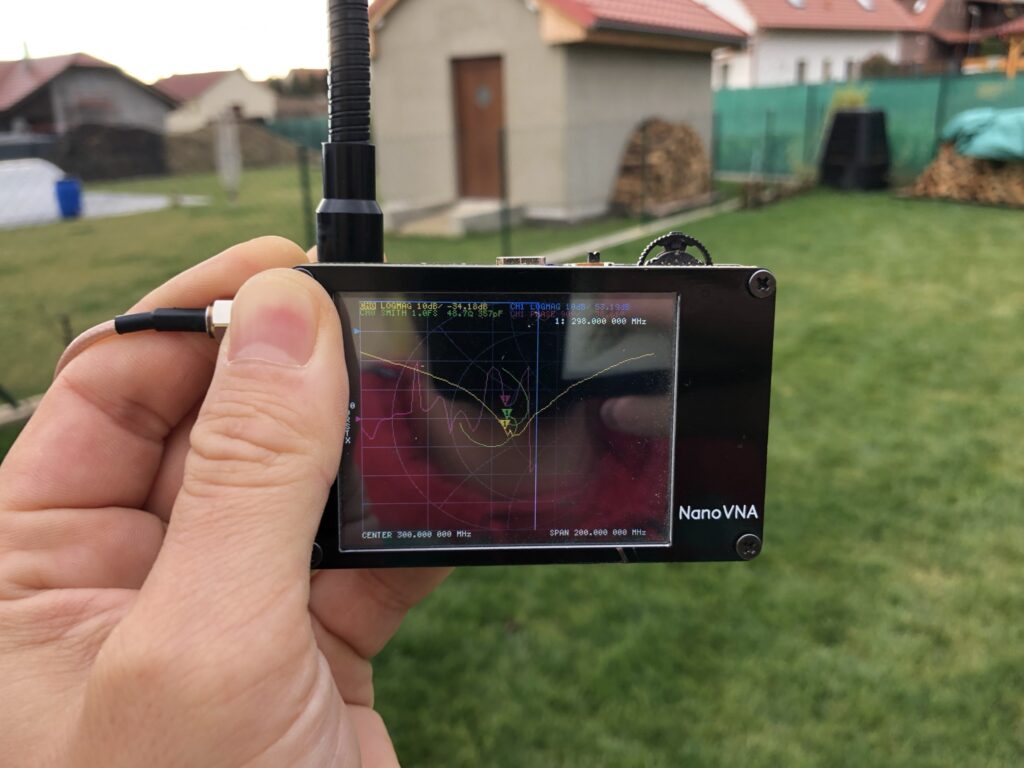
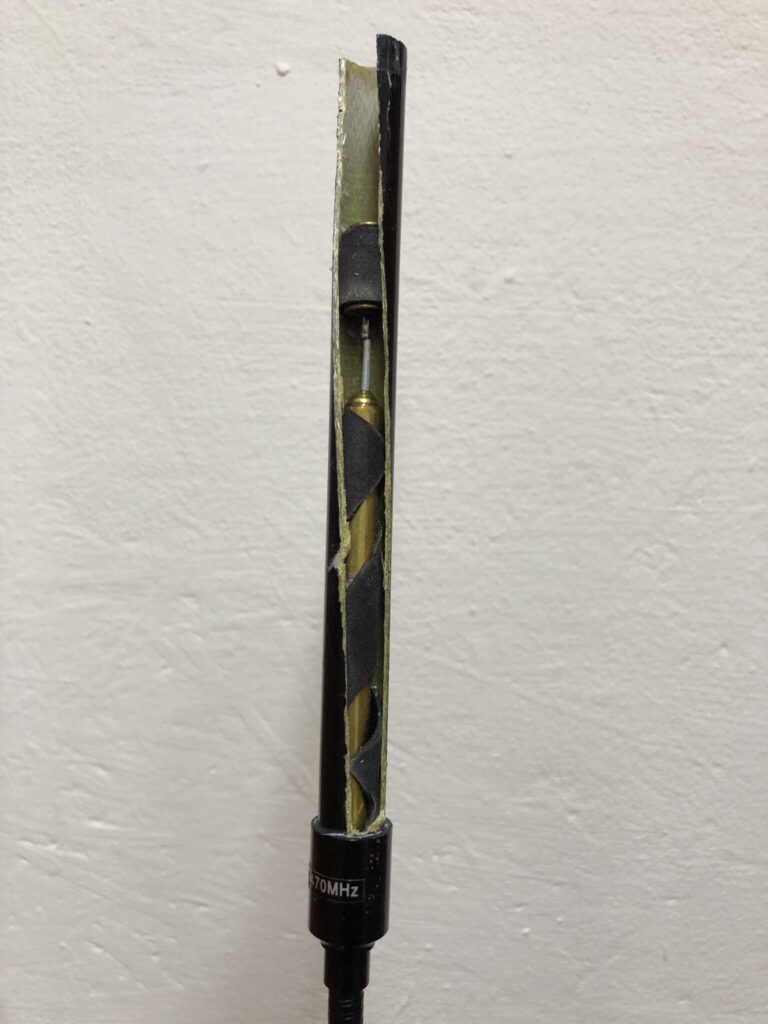
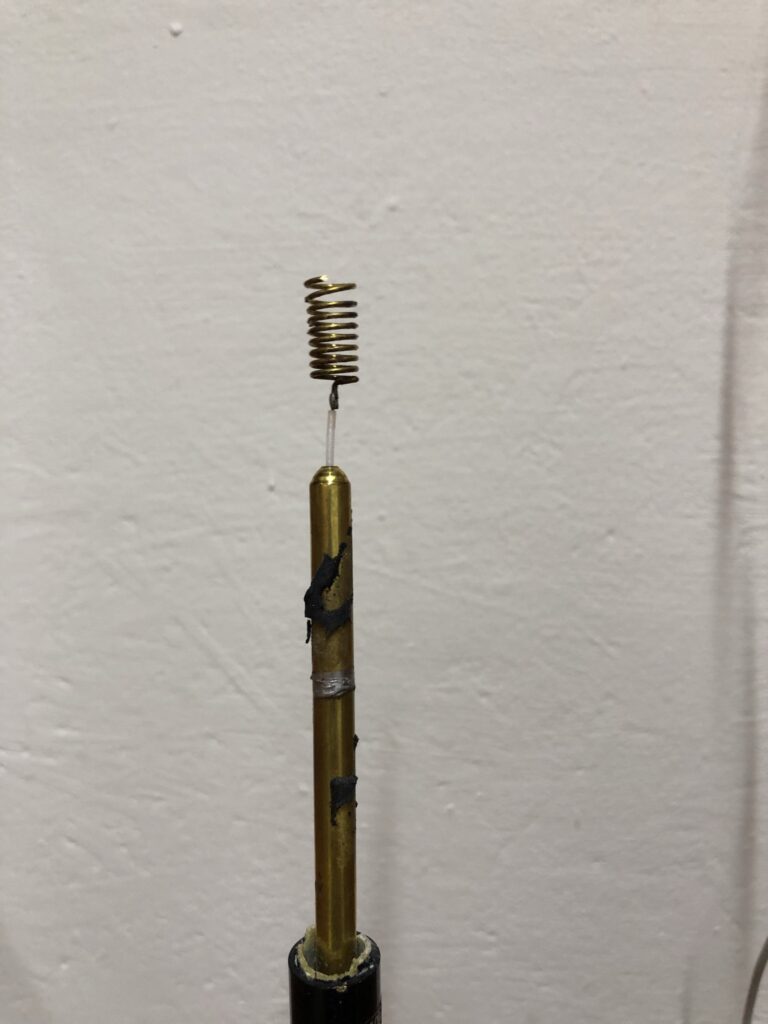
Inside the antenna there is very interesting combination of sleeve monopole (counterweight) with normal mode helix as radiator. Further investigation of antenna will follow next time.
There is antenna specification from seller on Aliexpress:
Brand:REVEX (Nagoya)
Connector Type: SMA-Female
Frequency: 400-470MHz (400-470MHz will be better signal)
Gain: 3.5dBi
Max Power: 20Watts.
V.S.W.R: Less than 1.5.
Impedance: 50ohm.
Antenna length:330mm
It took some time from my first design on meander dipole antenna, but last weeks I made further progress. Meander dipole is electricaly same length as dipole antenna but meanders make it physically shorter and they are able shift impedance to the sweetpot of Smith´s diagram.
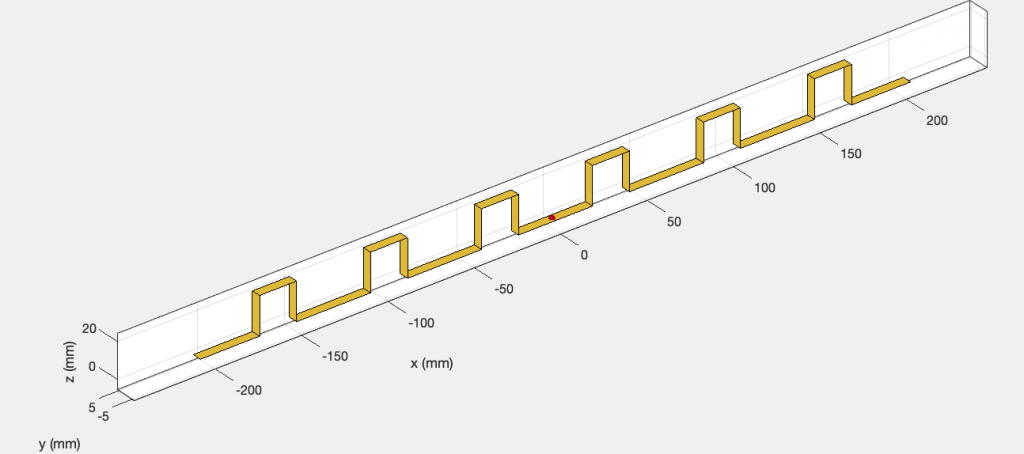
Big advantages of meander dipole antenna is near-perfect impedance match to power line and smaller size than physical. But of course there is disadvantage in lower radiation efficiency.
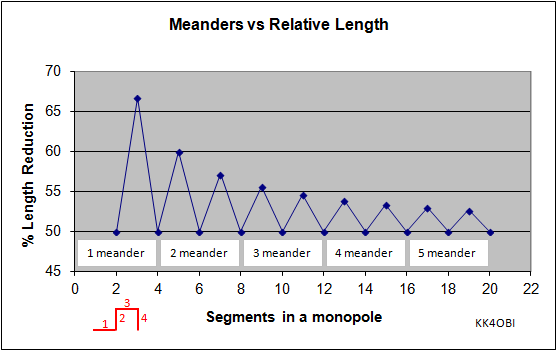
It looses about 8-12 % of efficiency which can be 0.7 – 1.2 dB which looks horribly but it certainly nulls the loss on full dipole because of impedance mismatch 73 + 43j Ohms to 50 + 0j Ohms.
Further development was made on implementation of SMD baluns. Previous experiments with various types of ferrite rings were not successful. I discovered cheap wideband SMD made by MACOM [4] which is rated to 250 mW only. But if you dont mind over saturation of core it can work up to 4 W without heating HI.
Model was made in AntennaDesigner toolbox from MATLAB. You can see that simulation of Impedance in Fig. 3 is nearly perfect antenna.
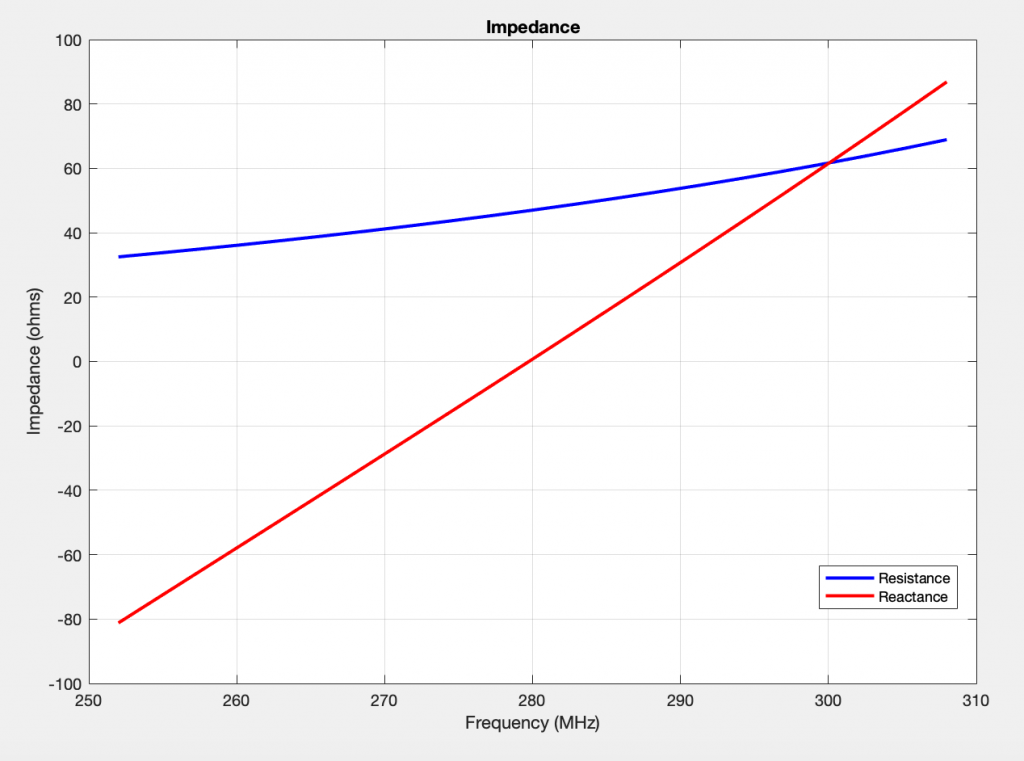





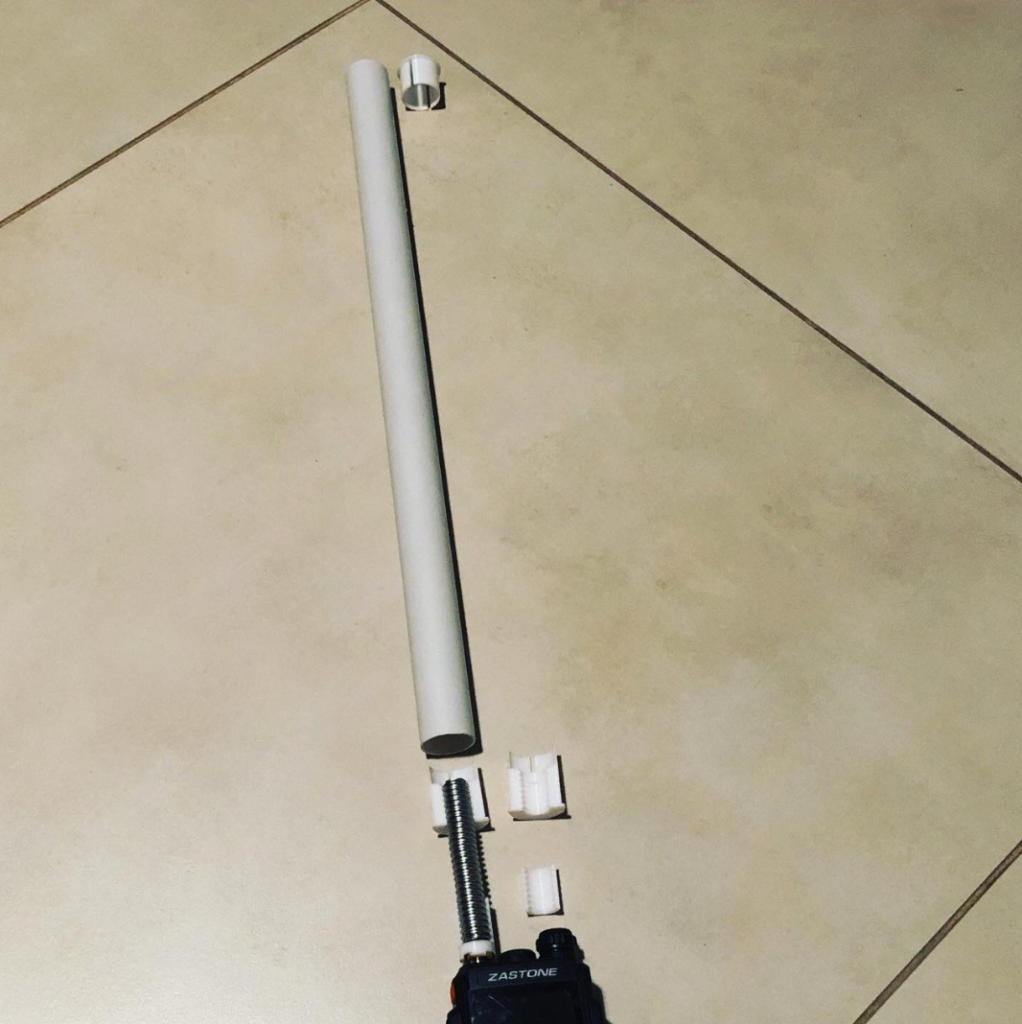

There is short update on building my hamshack. I was working on walls and last night I laid the floor. Before weekend I’d like to finish all flooring and start placing furniture.
